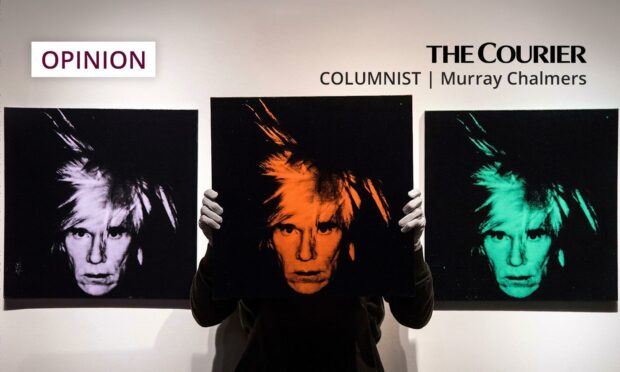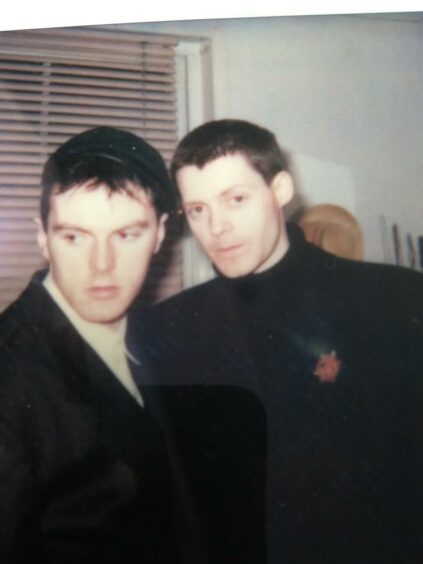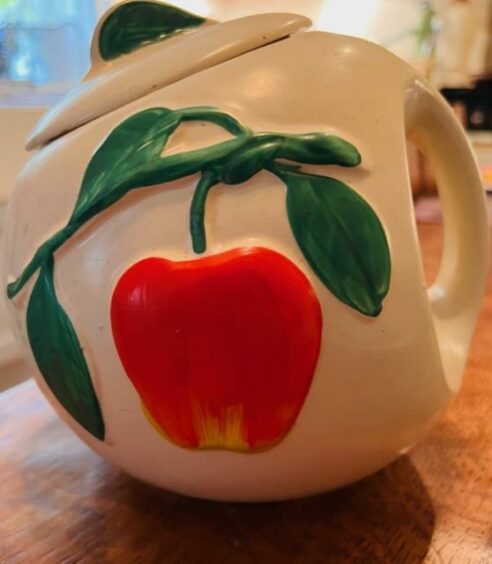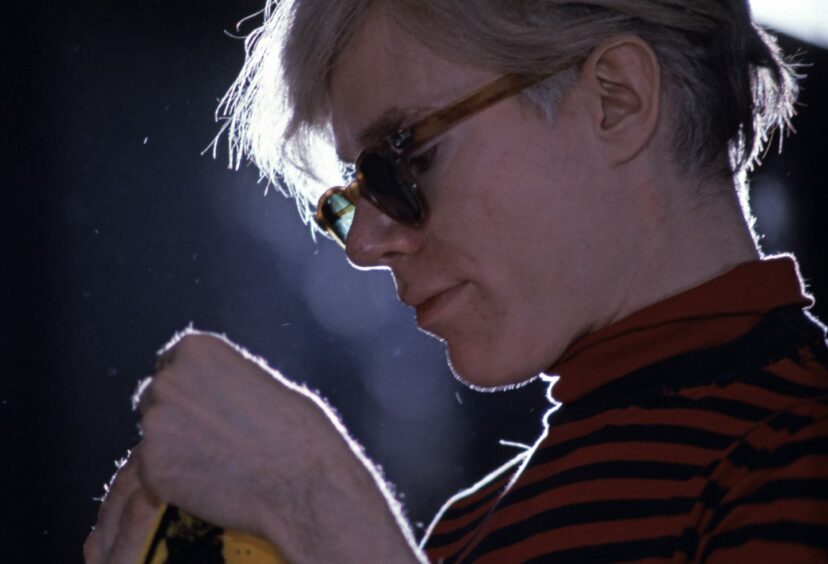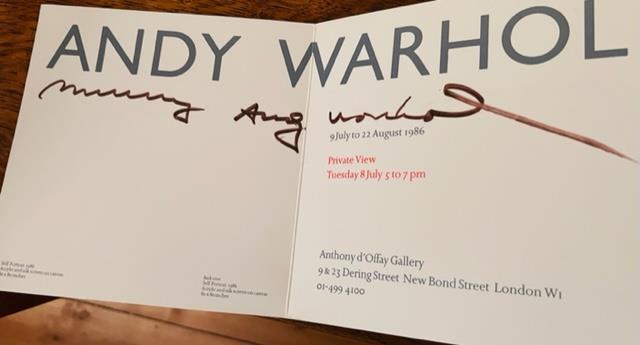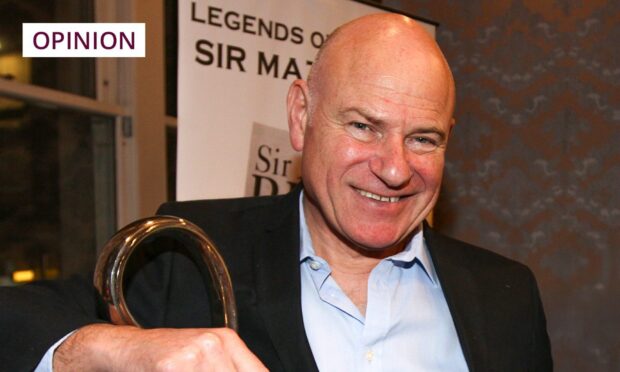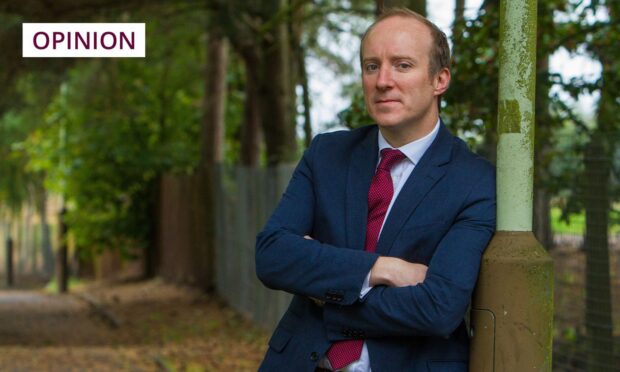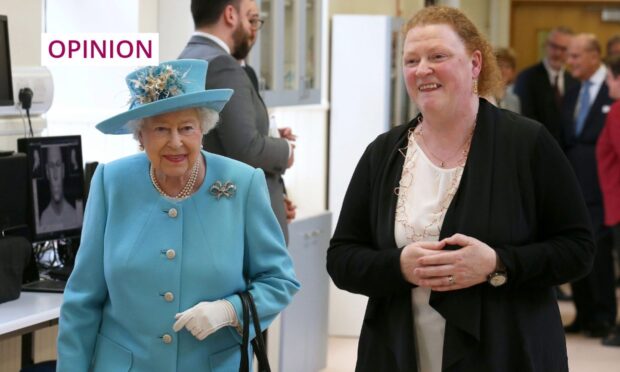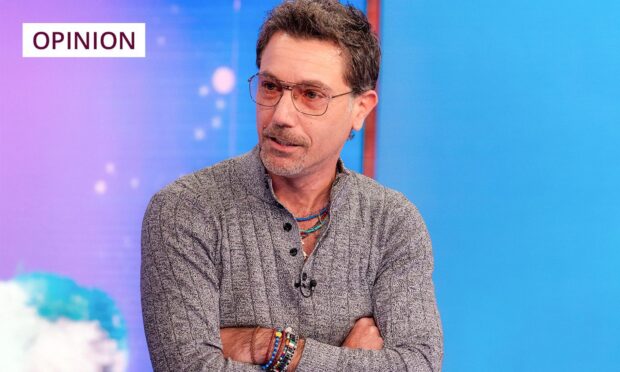People say you should never meet your heroes, but I just don’t believe that.
After all, there’s a lot to be said for telling people you love them, even if they frantically summon their security team as you gush.
Through my job as a music publicist I’m lucky to have been in the orbit of many fascinating people but meeting Andy Warhol was definitely one of my biggest thrills – on a par with discussing shoes with David Bowie and sitting on Quentin Crisp’s bed as his baggy bloomers hissed dry on the radiator beside us.
Back in 1976, the adolescent me religiously Blu- tacked pictures of Warhol, Bowie, Quentin Crisp, Iggy Pop and Siouxsie to my bedroom wall.
God was never preparing me to be an Oasis fan.
In time I would meet all my bedroom wall heroes but back then I would have done anything just to get close to one of them.
Sadly, my teenage aroma of Clearasil, febrile hormones and Brut showed I barely even got close to Imperial Leather.
All I had to do was wait.
Taking a bite of the Big Apple
From 1984 onwards I met many spectacular misfits who shaped me into the square peg I am today.
Transatlantic travel provided an even wider canvas for this babbling Dundonian seeking the coolest of the cool.
Soon, Quentin Crisp wasn’t the only notch on my New York bedpost of fame.
There’s the time Leonardo DiCaprio asked if he could join me and my friend Niall in Coldplay’s empty dressing room in Central Park. My first thought was that I couldn’t remember which ship I’d last seen him on.
I’ve never been good with actors, even as they clutch the stern of sinking boats.
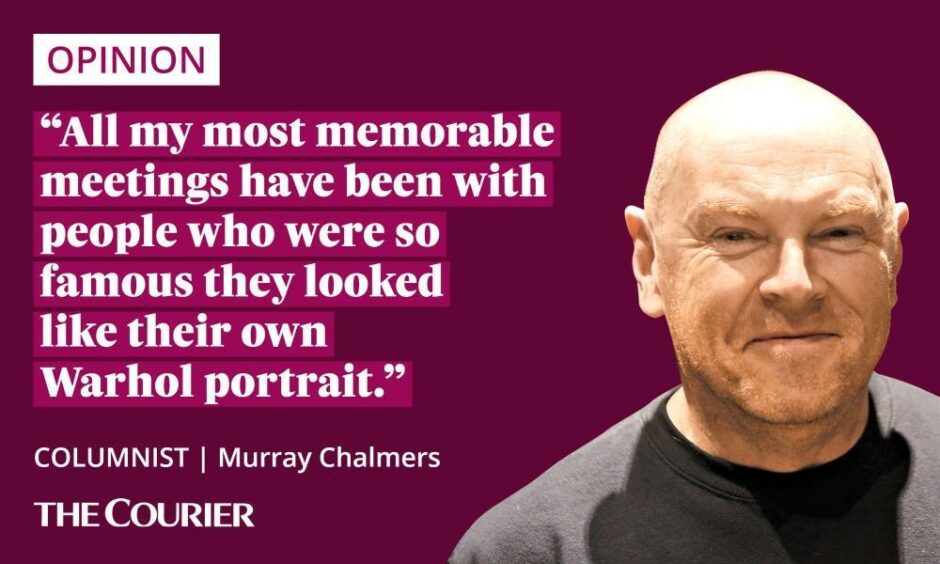
Worse was the day I haplessly dumped a load of trendy shopping bags in front of Patti Smith in a Greenwich Village café – just as she concluded an impassioned rant against consumerism.
Patti ended up nipping across the street to her house to give me some rare books, presumably in an attempt to stop me buying more new ones.
I fell in love with New York so badly that success really was a job there.
To achieve that dream I thought I had to channel Andy Warhol because he epitomised the idea of leaving a small town and forging your own reality in the city.
Every trip to the Big Apple would see me standing outside Warhol’s house, hoping to see him. Even after his death in 1987 I hung around 57 East 66th St like the last groupie at the stage door, hoping some of his aura might land on me.
Warhol – a man made of his own myth?
All my most memorable meetings have been with people who were so famous they looked like their own Warhol portrait. As the court painter to the glitterati of the 1970’s and ‘80’s, he captured both the excitement and the ennui of those decades better than anyone.
Every phase of his ground-breaking adult life reflected society back at us – sometimes decades before we realised, and often to the disgust of the moral majority.
Warhol’s whole career was a brilliant exercise in mythologising himself and his work, presenting both under a cloak of banality which still couldn’t hide the profundity behind the carefully constructed artifice.
And yet Warhol, one of the most famous people in the world, with a career that smashed boundaries across 4 decades, knew that his real story was centred around sadness, loneliness and pain.
His glib surface hid depths that were unimaginably poignant.
This overlooked side of Warhol is brilliantly explored in a wonderful new series on Netflix, based on his revealing diaries. It’s so good I binge- watched all six episodes in one night.
I finally met Andy Warhol at around 5pm on Tuesday July 8 1986 at the private view of his final London exhibition. The meeting was short, so short I had to ask Nick Rhodes from Duran Duran to get my invitation signed afterwards, because I’d been too flustered to ask the Great One himself.
You see, I truly believe Andy Warhol invented much of the 20th Century.
Plotless reality tv shows? Warhol did it in his 1960’s films. Niche TV channels? I give you Andy Warhol’s Fifteen Minutes in 1985.
Celebrity magazines? Andy Warhol’s Interview predated them all in 1969.
Solo dining on fast food in an increasingly fractured society? Try the AndyMat, “the restaurant for the lonely person – you get your food and then take your tray into a booth and watch television”.
Go on social media now and deny Warhol’s prophesy that everyone would be famous for 15 minutes – you just can’t.
My most treasured possession remains a cookie jar from Warhol’s own kitchen.
Every day I see it and remember the power of dreams. This is perhaps Warhol’s most enduring legacy of all.
